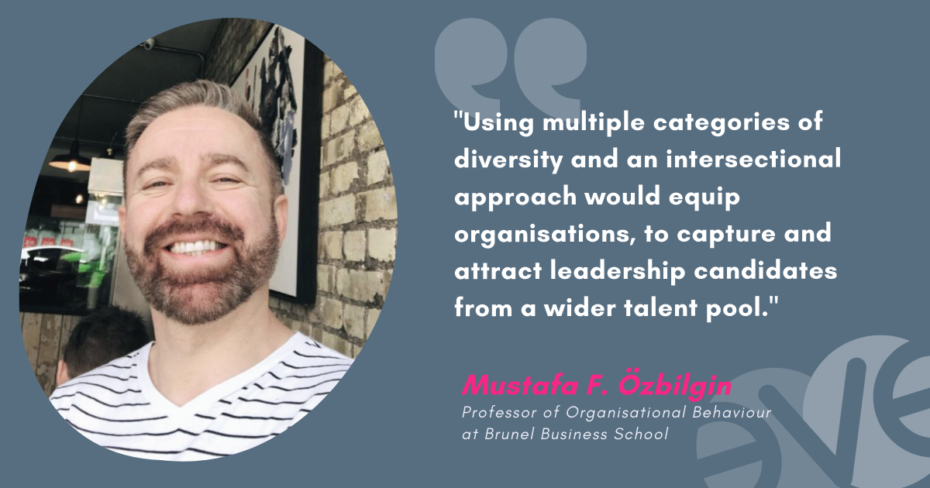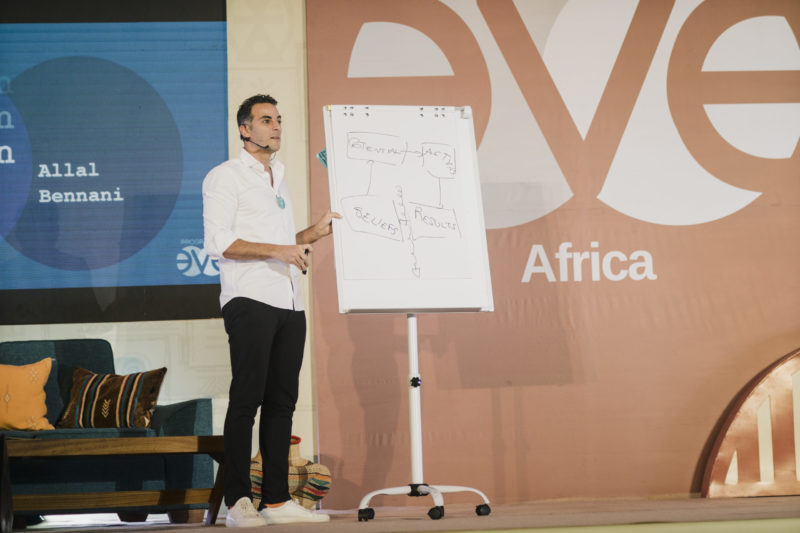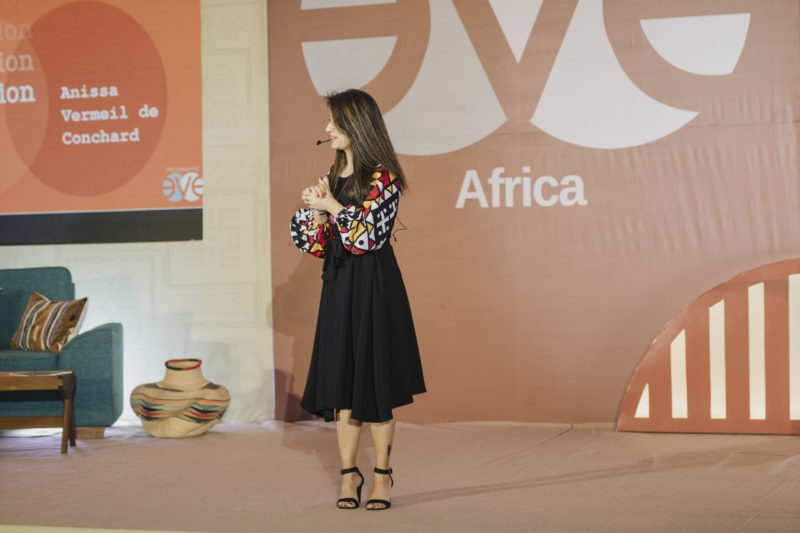Leaders typically come from a narrow set of backgrounds, i.e. able bodied, cis-gender, heterosexual men from dominant ethnic, religious, social and economic backgrounds with traditional forms of talent. With the international democratisation of education, talented people now come from widely diverse backgrounds. While we have seen a gradual increase in proportions of women in leadership positions and the emergence of leaders from other atypical backgrounds, leadership emergence has not caught up with the stellar demographic changes and diversity in the talent pool. I outline below what organisations could do to release this untapped potential and support the emergence of leaders from atypical and diverse backgrounds.
Foster inclusive framing of talent and overcome the trust deficit
Today, leaders from atypical backgrounds make up more than 80 percent of the talent pool, a fact organisations continue to ignore at their own peril. In order to capture this diversity, organisations need to reexamine their definitions of talent: creating a diverse talent pool requires a creative and inclusive definition of talent.
Even when a leader from an atypical background is invited for an interview or selected for a leadership post, they are subjected to a trust deficit that leaders from typical and prototypical do not experience. Clearly overcoming a trust deficit means investing in inclusion. This in turn means taking the time to invest in training staff, gathering evidence and developing improved organisational systems, free from biases.
Think diversity, think +1
When leadership diversity is considered, most organisations consider gender as the only diversity category. Yet there are other forms of diversity in leadership pools such as ethnic, class, sexual orientation, age, disability, and religious diversity that shape gender diversity. The problem with considering gender alone for leadership emergence is that gender diversity alone does not address problems with other diversity categories and may lead to the emergence of women from a narrow socio-demographic background, i.e. white upper class women. Using multiple categories of diversity and an intersectional approach would equip organisations with a competence to capture and attract leadership candidates from a wider talent pool.
Develop the organisation and change leadership career patterns
Currently the only direction for leaders is up: once an individual acquires a leadership position, they expect to stay on or move up. One of the reasons why it has been a challenge for leaders from atypical and diverse backgrounds to emerge is because the current cohort of leaders may not be replaced or changed easily. Organisations could consider different career trajectories such as sideways, rotational and downward career moves. Considering such flexible leadership career paths would focus attention on leadership performance, innovative and creative potential, and contribution, and open up opportunities for diverse talent.
Know your journey and craft your path
For an organisation which is recently starting its diversity journey, leadership diversity effort could be about evidence gathering and information giving such as drafting a diversity policy. For more advanced organisations, leadership diversity interventions could focus on building institutional mechanisms such as development of practices and structures to support diversity in leaderships emergence. They could also set targets for leadership diversity and monitor achievements. Organisations which are more mature could question fundamental values and priorities for biases and change their cultures to make them more accommodating and inclusive of difference. So knowing your diversity journey matters.
Attend to power relations and build partnerships
We expect leaders to support diversity. Yet there is a paradox that leaders do not come from diverse backgrounds themselves. So can we trust leaders to foster diversity when they themselves come from typical or prototypical backgrounds? The answer is partly. In order to achieve buy-in from the current cohort of leaders for future leadership change, progressive organisations need to select diversity champions, involve external diversity experts in recruitment panels and develop processes which hold the current leaders accountable for future diversity and prevent toxic leadership practices. Building mechanisms to hold leaders accountable for their behaviours, actions and policies, and impact on diverse communities could demonstrate and build trust in diversity.
Make diversity a leadership imperative
Although leadership support appears as a critical antecedent of leadership diversity, this will not happen naturally and has to be managed. Organisations need to train and develop the current leadership cohort to adopt progressive approaches to leadership succession planning. With such efforts, organisations could make their leaders part of the solution in considering diversity an imperative, not only for non-managerial and managerial workers, but also for leadership cohorts. To this end, organisations could build accountability structures which responsibilise leaders to address leadership diversity. At the macro level, diversity quotas could be expanded to multiple categories, voluntary targets and interventions could be valorised, and the best in-class organisations could be rewarded while failing ones could be encouraged to develop diversity charters. At the meso organisational level, human resource accounting practices could also include leadership diversify considerations, targets and cultural change interventions, which are monitored and managed. At the core of all these efforts is the diversity manager and their creative take on getting the organisation’s stakeholders to consider leadership diversity as a corporate imperative.
 Mustafa F. Özbilgin is Professor of Organisational Behaviour at Brunel Business School, London. He also holds two international positions: Co-Chaire Management et Diversité at Université Paris Dauphine and Visiting Professor of Management at Koç University in Istanbul.
Mustafa F. Özbilgin is Professor of Organisational Behaviour at Brunel Business School, London. He also holds two international positions: Co-Chaire Management et Diversité at Université Paris Dauphine and Visiting Professor of Management at Koç University in Istanbul.
His research focuses on equality, diversity and inclusion at work from comparative and relational perspectives. He has conducted field studies in the UK and internationally and his work is empirically grounded. His research is supported by international as well as national grants. His work has a focus on changing policy and practice in equality and diversity at work. He is an engaged scholar, driven by values of workplace democracy, equality for all, and humanisation of work.






